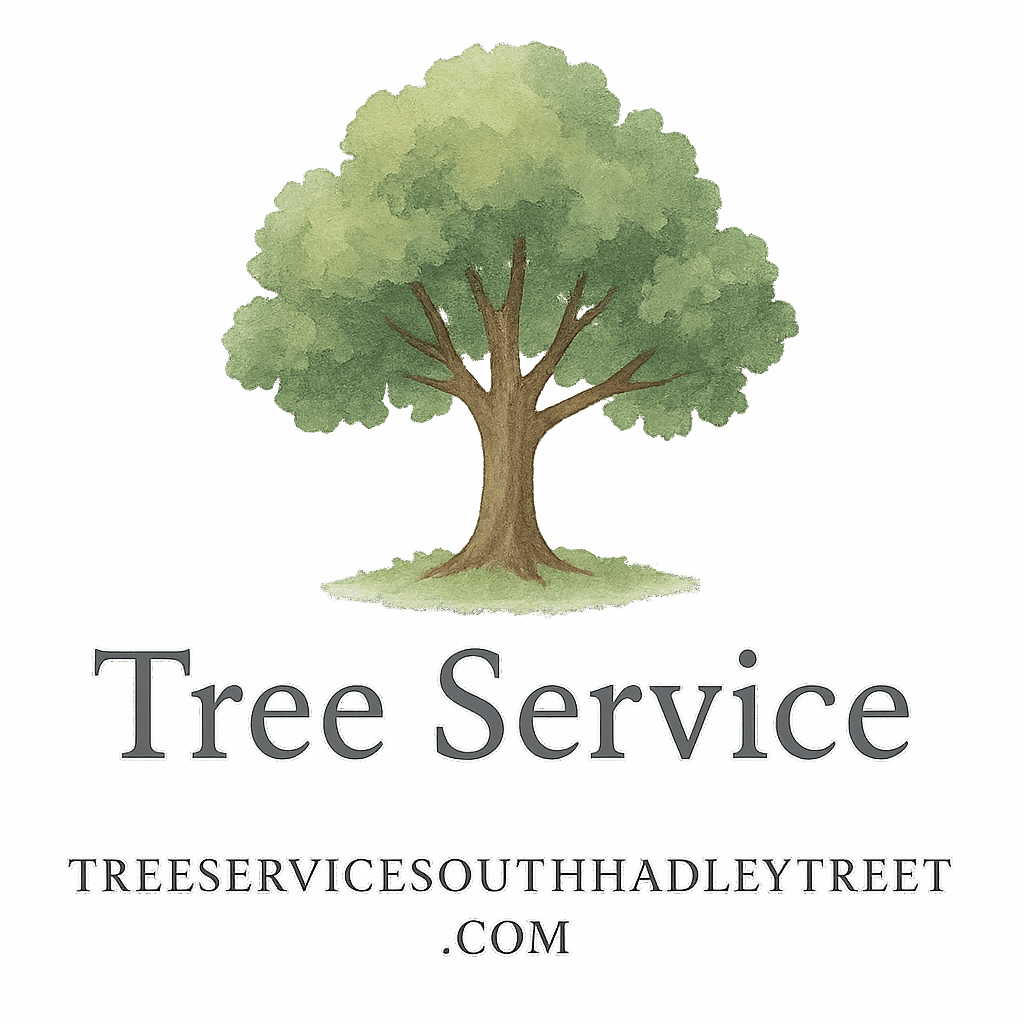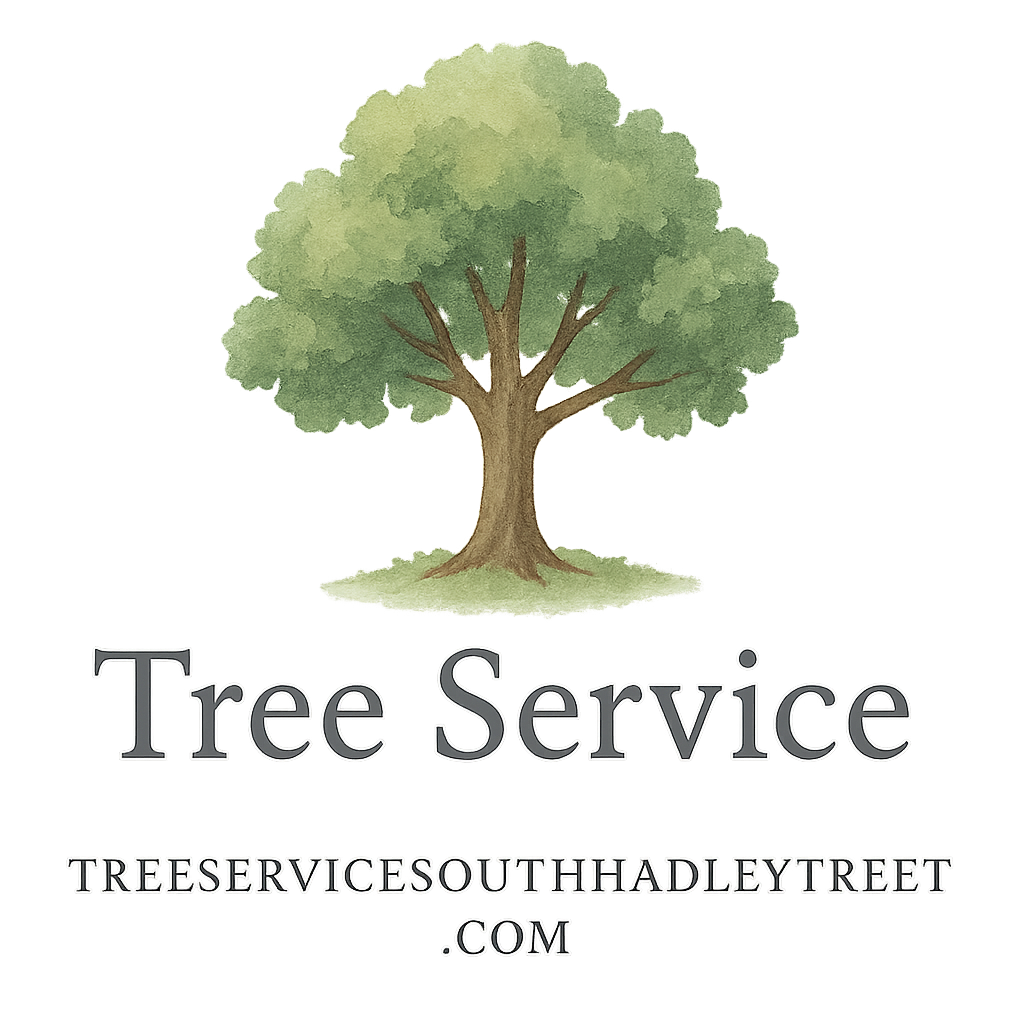When it comes to maintaining healthy trees, it’s not a one-and-done type of deal. Trees need care in every season — just like your lawn or garden. That’s why today, we’re diving into 5 seasonal tree service tips that will keep your trees strong, beautiful, and safe year-round. Whether you’re a first-time homeowner or a seasoned gardener, this guide has you covered.
Why Seasonal Tree Care Matters
Understanding Tree Growth Cycles
Trees go through seasonal changes just like we do. They grow in the spring and summer, start slowing down in the fall, and become dormant in winter. Each season presents unique challenges and opportunities. Understanding this cycle helps you plan the best time for pruning, fertilizing, and inspecting for issues.
Benefits of Year-Round Maintenance
Regular care helps:
- Prevent disease and pest infestations.
- Reduce risk of storm damage.
- Improve curb appeal.
- Extend the life of your trees.
For a complete breakdown of how to care for trees throughout the year, check out the Tree Service Basics guide.
Spring Tree Care Tips
Spring is a fresh start — not just for us, but for trees too.
Tip 1: Inspect for Winter Damage
Cold weather can be brutal on trees. Once spring arrives, it’s inspection time.
Common Signs of Damage to Watch
- Broken or hanging branches
- Cracks in bark
- Fungal growth
- Leaning trees
Spot something worrying? It might be time to contact a tree health and safety specialist.
Tip 2: Prune for New Growth
Spring is prime time to prune away dead branches to encourage healthy, new growth.
How to Prune Without Harming
Use clean, sharp tools. Cut just above a bud or branch collar. Not sure how? Here’s a professional tree removal and trimming guide that can help.
Also, be sure to avoid heavy pruning once the trees are actively growing. Timing is everything.
Tip 3: Fertilize Strategically
Trees wake up hungry. A light feeding can go a long way in boosting growth.
Choosing the Right Fertilizer
Look for slow-release formulas rich in nitrogen and phosphorus. If unsure, a certified arborist can guide you — find one using this hiring checklist.
Summer Tree Care Tips
As temperatures rise, your trees need extra TLC.

Tip 4: Hydrate Properly During Heat
Dehydration isn’t just a human problem. Trees get thirsty too!
Efficient Watering Techniques
- Water early in the morning or late afternoon.
- Aim for deep watering once or twice a week.
- Use a soaker hose to reduce evaporation.
Remember, overwatering can be just as bad as underwatering. Read more on prevention techniques.
Tip 5: Mulching and Pest Checks
A good mulch layer helps retain moisture and reduce weed competition.
Watch for Insects and Diseases
Keep an eye out for:
- Aphids
- Japanese beetles
- Leaf spot
- Powdery mildew
These issues can spread fast if ignored. Visit our tree disease tag page to learn how to deal with common threats.
Fall Tree Care Tips
Autumn is your last chance to prep your trees before winter hits.
Preparing for Dormancy
Trim any weak or overextended branches. Trees will conserve energy through winter, and proper pruning can prevent breakage under snow load.
Leaf Management and Soil Health
Instead of bagging leaves, consider mulching them. This natural composting can improve soil nutrition and root development. For more fall-specific tasks, our seasonal tag section has great resources.
Winter Tree Care Tips
Don’t ignore your trees in the cold months. They may be sleeping, but damage can happen fast.
Storm Damage Prevention
Heavy snow and ice can snap limbs or uproot trees. A pre-winter inspection and structural pruning can reduce risks. Learn how to stay ahead with our storm damage guide.
Safe Tree Trimming Practices
Winter is an ideal time for pruning many species. Without foliage, it’s easier to see branch structure. But remember, always follow safety precautions or consult tree service professionals.
Hiring Professionals vs DIY
When to Call the Pros
If your tree is near power lines, leans oddly, or has visible root damage — call a pro. Browse through trusted emergency and seasonal tree services before attempting risky jobs.
What to Look for in a Tree Service
- Licensed and insured
- Local experience
- Transparent pricing
- Verified reviews
Need help choosing? Our tree service hiring guide lays it all out.
Tree Health Safety and Emergency Services
Responding to Storm Damage
Downed trees and broken limbs can be dangerous. Stay safe and call for emergency help immediately.
Emergency Tree Removal
Don’t wait — if a tree poses a risk, get it removed by trained pros. More details here on emergency tree removal.
Budgeting for Seasonal Tree Care
Cost vs. Long-Term Benefits
Yes, tree care costs money. But avoiding it costs more. Tree failure during a storm can destroy property — or worse. Learn how to compare pricing and quotes before deciding.
Explore how seasonal maintenance compares to big repairs at our cost breakdown page.
Conclusion
Tree care doesn’t take a break, and neither should you! From spring pruning to winter storm prep, seasonal tree service is the secret sauce to lush, safe, and long-living trees. And remember — when in doubt, hire it out.
Whether you’re prepping for spring or recovering from a storm, use these 5 tips to stay ahead of issues and keep your trees in top shape. Your trees — and your future self — will thank you.
For everything from basic care to storm recovery, check out Tree Service South Hadley TNTETS and their in-depth resources on health, maintenance, and removal.
FAQs
1. How often should I inspect my trees for damage?
At least once per season, or after a major storm. Early detection saves money and trees.
2. What is the best time to prune trees?
Generally, late winter or early spring — but it depends on the tree type. Use this pruning guide.
3. Are mulched leaves really good for trees?
Yes! Mulched leaves act as natural compost and improve soil health.
4. How do I know if a tree is sick?
Look for discolored leaves, fungus, or bark peeling. Visit tree signs of illness for more.
5. Can I trim trees myself?
Small trimming jobs are fine. For bigger or high-up branches, call a licensed professional.
6. What if a tree falls during a storm?
Stay away and call an emergency service immediately. It can be dangerous.
7. Is tree maintenance different in South Hadley?
Yes, climate and soil play a role. Check the South Hadley tag for local insights.


